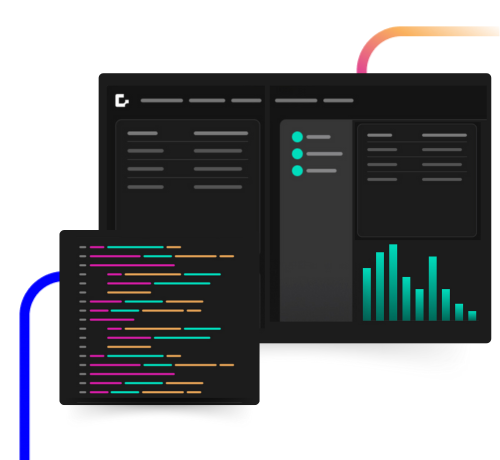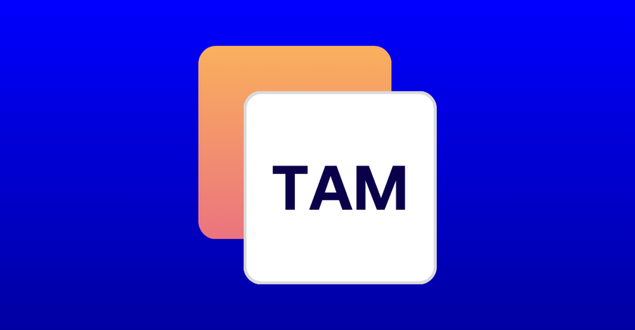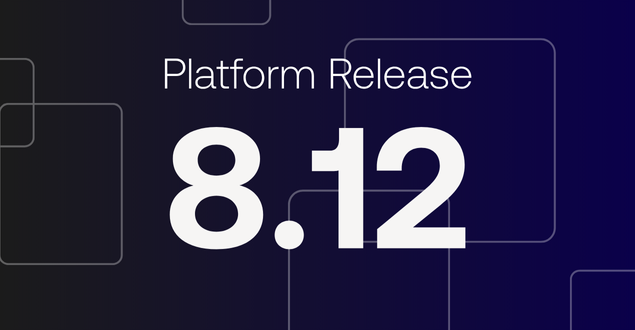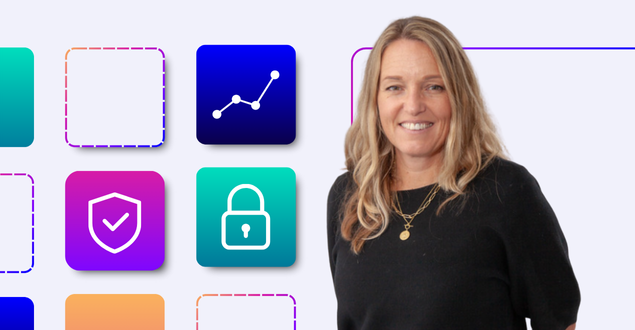
Table of Contents
Building Your End-User Computing Replacement Strategy
As mentioned in my previous article, End-User Computing (EUC) replacement is often a core pillar of a digital transformation strategy in financial institutions. This is because digital transformation seeks to fundamentally change how a business operates by integrating digital technologies across all areas of an organization. It’s not just about adopting new tools; it’s about rethinking processes, workflows and even the organization’s culture to leverage the power of digital solutions for improved efficiency, growth and customer satisfaction.
In this article, I will break down the four key workstreams required to implement a successful EUC replacement strategy. This might be targeted at EUCs specifically, but it can also apply to other legacy systems too.
Discovery
Depending on the organization’s size, the discovery stage can take many different forms. There could be a self-declaration, EUC scanning or formal process reviews to holistically capture EUCs that are on the critical path.
Whatever approach is decided, the goal is the same. Identify the scope of EUCs that need to be replaced.
There are several off-the-shelf tools that can be used to scan PCs and network drives for EUCs. These usually target macro-enabled excel workbooks (.xlsm) and other executables, python programs or offline databases.
One step that is often overlooked here is to catalog potential EUCs. Remember, not all user-built solutions are critical issues, but almost all solutions have the potential to become a risk if not managed effectively.
Categorization and Prioritization
Once you understand the scope of your EUC problem, it’s time to start categorizing the EUCs into buckets. This can be aggregated by business area, functionality, complexity, or any other appropriate criteria. A common approach I have seen work well is to categorize all spreadsheets depending on their function. For instance, group any spreadsheets that compare two datasets together into a reconciliation bucket, anything that uses trading or market data into another bucket, complex calculations into another and so on.
While doing this, a criticality, risk and complexity rating should be assigned to each of the EUCs. This will allow an objective prioritization of replacements to target the highest-impact EUCs first.
Some other things to consider are:
- The likelihood of strategic systems replacing the EUC within the next 12-18 months
- The effort required to replace the EUC
- The risk to the business of an error in the EUC
Remediation and Tooling
This is where the categorization comes in handy. Given many EUC use cases share similar underlying problems they were trying to solve, being able to determine appropriate tools for a category will make the remediation process much easier and more efficient. If you have a bunch of EUCs that all reconcile multiple datasets together for example, you may choose to implement a more robust reconciliation engine like one we built on our platform called Matcher.
Alternatively, there may be several use cases that involve collecting market or trade data and performing calculations. This is core functionality built into the Genesis Application Platform.
Whatever tooling you decide, the process for identifying the approach to remediation should consider the following:
- Tracking down the root cause of an EUC and resolving the upstream trigger can be more efficient than industrializing the EUC to conform to the technology standards.
- Interrogating the business process surrounding the EUC and considering extending the solution beyond the existing scope ensures the correct design and solution are selected to maximize efficiencies. While this may only contribute a small amount to the EUC replacement effort, it will generate significant savings in the long term.
- While some solutions in the market might promise to streamline EUC replacement with RPA (Robotic Process Automation) or other technologies, if not managed correctly, these can lead to more complicated EUCs in the long term with steeper learning curves. Whatever you decide, the technology should align with your overall digital transformation strategy goals.
- The chosen technology must conform to your existing change management processes to control risk and build robust and reliable replacements.
Processes, Policies and Control
Underpinning all of this is the revised processes and policies. The policy review can actually start quite early on but should be an evolving process that continues throughout the lifecycle of the transformation project. This is where we define clear rules for what is acceptable to the organization from a solution architecture perspective. This policy document will evolve over time and may include references to strategic technologies chosen to replace EUCs and to build new solutions in a controlled manner.
Once the policies are in place, new processes should be drafted where applicable, which conform to these policies, and outline the model that teams should follow with their new solution.
Finally, controls and monitoring should be put in place to ensure that the EUC creep does not re-occur. This may involve periodic scans to look for new EUCs, preventative measures to stop .xlsm files being stored on shared drives or periodic reviews of the new processes to ensure they are still fit for purpose.
Final Thoughts
If you follow these steps, you should be well on your way to implementing a solid and robust EUC replacement strategy. It’s important to review these processes and policies annually to ensure that they are still relevant and work for your organization. This includes reviews of the technology from the system used to build the EUCs, to the database technologies that might underpin some of them. The digital landscape changes so rapidly, we need to constantly re-evaluate if there is a better way we could be doing things. This mindset is at the core of how we develop the Genesis Application Platform to constantly improve the developer experience and enable developers to build more efficiently and effectively than ever before.
Building
applications
10x faster
Explore the Genesis Application Platform in action with a 60-day free trial* to get your first application built and in-market faster than ever before.











